When I started my transitioning hair journey I came into the notion of protective hairstyles, and how beneficial it was to include them in my hair regiment while transitioning from relaxed to natural hair.
Before I started my journey my hair was dull, it had lost any kind of curly or wavy pattern it had in the past, I had split ends, was suffering from hair breakage and my hair just didn’t look healthy. Just thinking about this makes me quite surprised at how far I’ve come. If you’re reading this post you probably have or had some of the same issues I had with my hair. However, not all is lost, you too can wake up from this unpleasant experience.
The game changer in my hair’s poor state of affairs came once I started incorporating in my hair routine what in the natural hair community is called Protective Hairstyles. I noticed an immediate change in my hair. It wasn’t as dry, I had less breakage and it slowly seemed to be getting back its shine. Plus, wearing my hair in a protective style meant I only had to style it once a week! Ok, so maybe, once in a while I had to moisturise mid-week, but this was minimal work compared to daily styling.
Anyway, these changes were definitely an incentive that kept me going on my journey to natural hair. I’m sure you’ll have fun trying all the different protective hairstyles out there. But before you get into that you may be asking what exactly is a protective hairstyle? What does it consist of and how do I get started? Well, keep reading, practice and soon you’ll be a pro at it.
WHAT IS A PROTECTIVE HAIRSTYLE?
In the natural hair community, a protective hairstyle is essentially understood as a hairstyle where you keep the ends of your hair tucked away from environmental conditions such as wind, sun, snow and winter cold. The reason behind this practice is that the ends of our hair are not only the oldest part of our hair, but they are also the most vulnerable to damage.
It is important to keep them moisturised and trimmed if we want to avoid split ends and breakage. Protective hairstyles are hairstyles that are not limited to those transitioning or those with natural or relaxed hair. It’s a good practice to incorporate into every hair regimen out there to give it a break from daily manipulation and environmental damage (sun, wind, low temperatures, etc.) and, when transitioning, minimise hair breakage. (Read Finally A Natural Hair Regimen That Works!)
An overlooked situation that causes hair breakage is wearing our hair out and it rubbing and causing friction against our clothes, hats, scarfs or beanies. This can lead to our hair lead to breakage and split ends or the hair can get trapped and break, snag or be pulled from the root.
This is can also be one of the reasons why you can’t retain length but doing protective hairstyles can help prevent and reduce this situation. (The Ultimate 5 Step Guide To Natural Hair Breakage Control.)
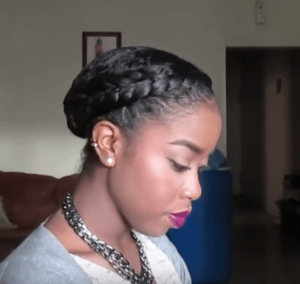
Doing protective hairstyles during your transition to natural hair also helps maintain hair moisturised. Sebum, the natural oil that is secreted by the hair’s sebaceous glands, has difficulties travelling along the length of curly hair to protect and keep it moisturised. Therefore, implementing this practice is a way curly girls have found to help keep their hair moisturised and avoid breakage which will, consequently, help length retention. Who doesn’t want this, right!? (Read Transitioning to Natural Hair and Understanding Your Curly Hair and 3 Moisturisers for Transitioning Hair.)
WHAT DOES IT CONSIST OF?
There are many protective styles you can do that will make you feel stylish and elegant. Some styles are easy to do such as buns, braids and twists. Others styles will require more practice such as flat braids and twists or dutch braids. Don’t feel limited to wearing the same boring styles. A protective style mainly means you wear a style where the ends of your hair are tucked away and there is little to no manipulation of the hair once it’s done. Your imagination is the limit!
If this sounds all too labouring for you, don’t worry! You can wear wigs and weaves. Just make sure to keep the hair underneath (your hair!) moisturised and that your braids are not too tight. This causes dehydration and extra tension to your hair leading to breakage, thinning edges and possible hair loss.
Just because there is low manipulation of the hair it doesn’t mean that you can forget about your hair and live in a protective hairstyle without any care. Whether you’re doing just a simple braid/twist out or a bun you need to make sure that you don’t stay in this style for more than 10 days or you risk dehydration – make sure you wash your hair.
If you’re doing box braids, wearing hair extensions or similar the same principle applies – wash your hair and give your hair a rest from them every 6 to 8 weeks. Trust me, your hair will thank you for it and you’ll retain much more hair length!
WHAT DO YOU NEED TO DO TO GET STARTED?
Well, now that you have all the information and you know the dos and don’ts of adopting a protective hairstyle, head over to YouTube and check some of the amazing video tutorials in there. You’ll probably be doing these styles long after your BC (Big Chop). I know I will!
Please feel free to comment, share and give feedback on this post. Tell me what styles you have tried, which ones you like most and where you had difficulties. I hope you have found this post helpful. I leave you with some inspiration.
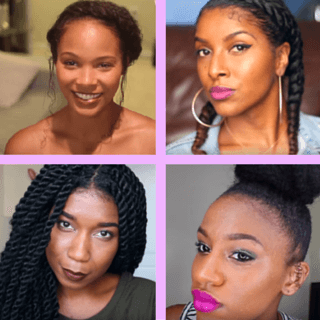
What are your favourite protective hairstyles and which ones have you tried already?
Image Credit (YouTube): Flickr_Ministerio da Curtura_Coquetel de Abertura do II Encontro Afro Latino (1) (featured); AlleySinai; Naptural85; Natural Neeicey; Traeh; BeautifulBrwnBabyDol.
Content updated- March/2019

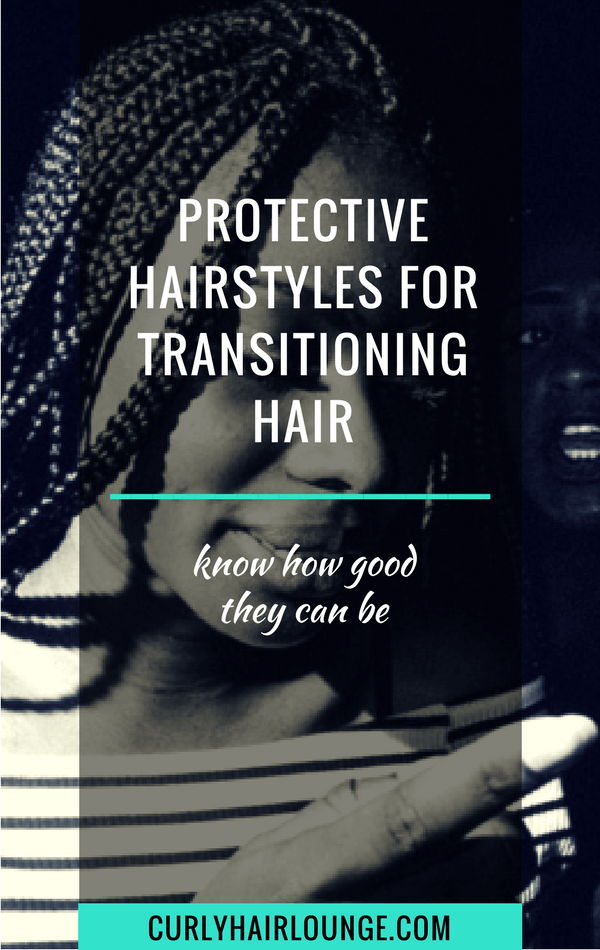
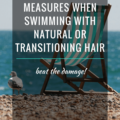
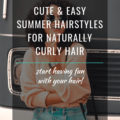


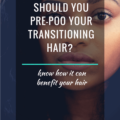
6 thoughts on “Protective Hairstyles For Transitioning Hair”
You give some very interesting but useful information about care for Curly hair. Keep up the good work!
Hi Michael, thank you! I hope I can help someone.
Love the information! I might have to try this with my fine hair as I have always had an issue with split ends. Thank you!
Thanks, I’m glad you liked this post.
I’ve tried, buns with kinky bun pony tail, kinky hair clip ins, two corn braids with feed in hair, flat twisting transition hair with rod rollers, two strand twist with rod rollers, and two flat twist so far.
Hey there Sharon, I guess you like changing it up, right? Good on you! 😀